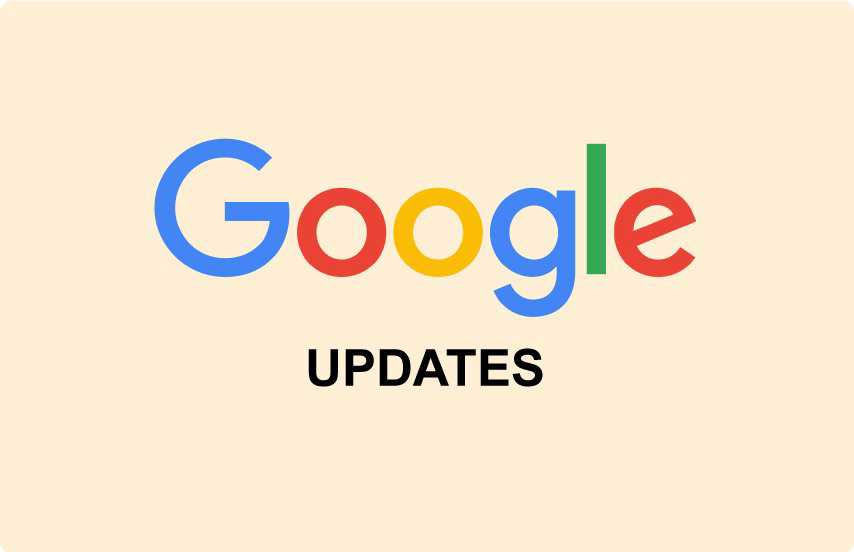10 Ways to Reduce Google's Crawling Costs and Optimize SEO Effectively

1. Page Speed and Resource Optimization
Google values fast-loading pages as they save resources and reduce indexing time. To achieve this, optimize resources such as images, code, and leverage caching for better performance.
Example: An e-commerce website uses large product images (over 2MB), causing slow load times. By compressing images to below 100KB using tools like TinyPNG or switching to the WebP format, the page’s load speed improves, allowing Google to fetch and index the content faster.
2. Clear and Understandable Content Structure
Google prioritizes websites with a well-structured layout. Using clear headings and organized content helps Google easily analyze and understand the page.
Example: A travel blog with the vague title "Where to Go in December" makes it difficult for Google to comprehend the content’s focus. Changing the title to "Top 10 Destinations in Vietnam for December" allows Google to classify the content more efficiently, resulting in faster and more accurate indexing.
3. Optimized Indexing with Heading Tags
Google indexes websites based on heading tags (H1, H2, H3). Proper use of these tags, with H1 for main titles and H2/H3 for subsections, enables Google to easily crawl and understand your content hierarchy.
Example: A news website uses multiple H1 tags incorrectly, confusing Google about the article’s main topic. By restructuring the content with a single H1 and using H2 and H3 for subtopics, Google can index the article more efficiently, reducing retrieval cost.
4. High-Quality Content and Keywords
Well-written, valuable content with natural keyword usage helps Google understand your content without using excessive resources. Avoid keyword stuffing and duplicate content, as this increases retrieval cost.
Example: An online fashion retailer using generic keywords like "buy clothes" makes it difficult for Google to understand the product’s specifics. By refining keywords to "buy men's jeans 2024 fashion style," the site enables Google to quickly index the product page without needing extra analysis.
5. Internal and External Linking
Internal linking helps Google crawl related pages on your website, improving retrieval efficiency. External links to reputable sites also help Google assess the relevance and authority of your content.
Example: A food blog with many recipes but no internal links requires Google to fetch each post individually. Adding internal links, like linking from a post on "How to Bake Bread" to "How to Make Homemade Yeast," enables Google to efficiently crawl through related content, improving indexing speed.
6. Mobile-Friendly Design
Google prioritizes mobile-friendly websites, meaning pages must display well across devices, especially mobile. If your site is only optimized for desktop, Google has to use more resources to handle multiple versions.
Example: A retail website displays well on desktop but has issues on mobile, such as small text and images that don’t fit the screen. By adopting a responsive design, the website is easier for Google to index since it only needs to retrieve one version for all devices.
7. Structured Data Implementation
Using Schema Markup helps Google better understand your content. Structured data tells Google if the content is about a product, service, news article, or event, reducing the time needed for interpretation.
Example: An online store without Schema Markup forces Google to manually analyze product details, pricing, and availability. By implementing structured data with Schema.org, Google instantly recognizes product information, reducing the time and resources spent on indexing.
8. Remove Unnecessary Content
Duplicate or irrelevant content forces Google to expend extra resources to analyze and index it. Streamlining and eliminating redundant sections helps reduce retrieval cost.
Example: A corporate website has an FAQ section that repeats questions and answers found in other parts of the site. By eliminating or consolidating redundant information, Google no longer needs to index the same content multiple times, reducing retrieval costs.
9. Optimize User Experience (UX)
A website with good user experience is easier for Google to assess and index. Optimize navigation, remove intrusive pop-ups, and create clear pathways for users, which in turn helps Google efficiently crawl and index the site.
Example: A technology news site has too many pop-up ads and complex navigation, making it hard for users (and Google) to find content. After simplifying the layout and removing pop-ups, Google can index the site faster, improving retrieval efficiency.
10. Monitor and Improve Performance
Use tools like Google Search Console to track your site’s performance and identify any issues affecting indexing or loading speed. Fixing errors early helps reduce retrieval cost.
Example: An education site fails to monitor its performance through Google Search Console, missing indexing errors and slow load speeds. By regularly checking and fixing issues, the site improves its speed and reduces Google's resource load for crawling.
In conclusion, optimizing Google’s retrieval cost goes beyond content quality—it involves site design, content structure, and technical performance. Key factors like page speed, clear headings, internal linking, and structured data play crucial roles in making it easier for Google to fetch and index your content. By implementing these optimizations, you can reduce Google’s resource use while improving your SEO rankings.